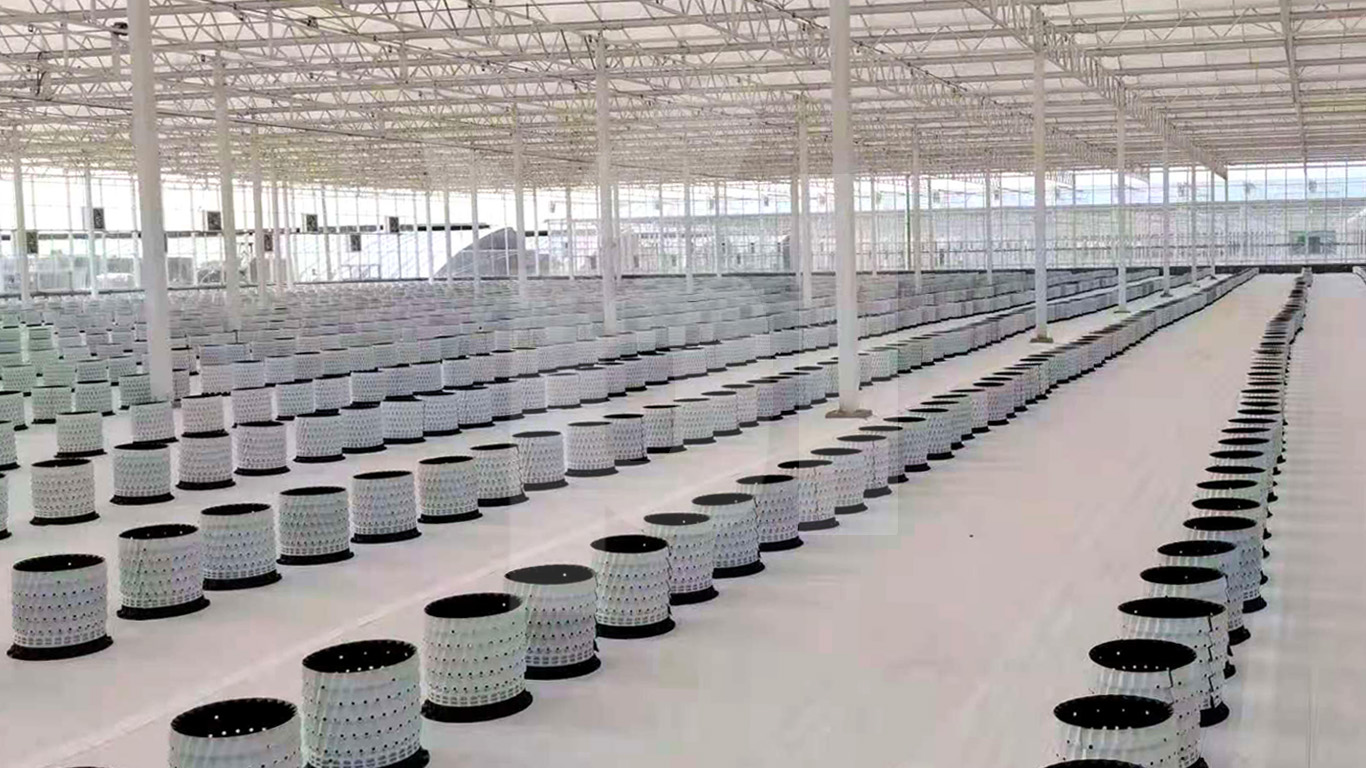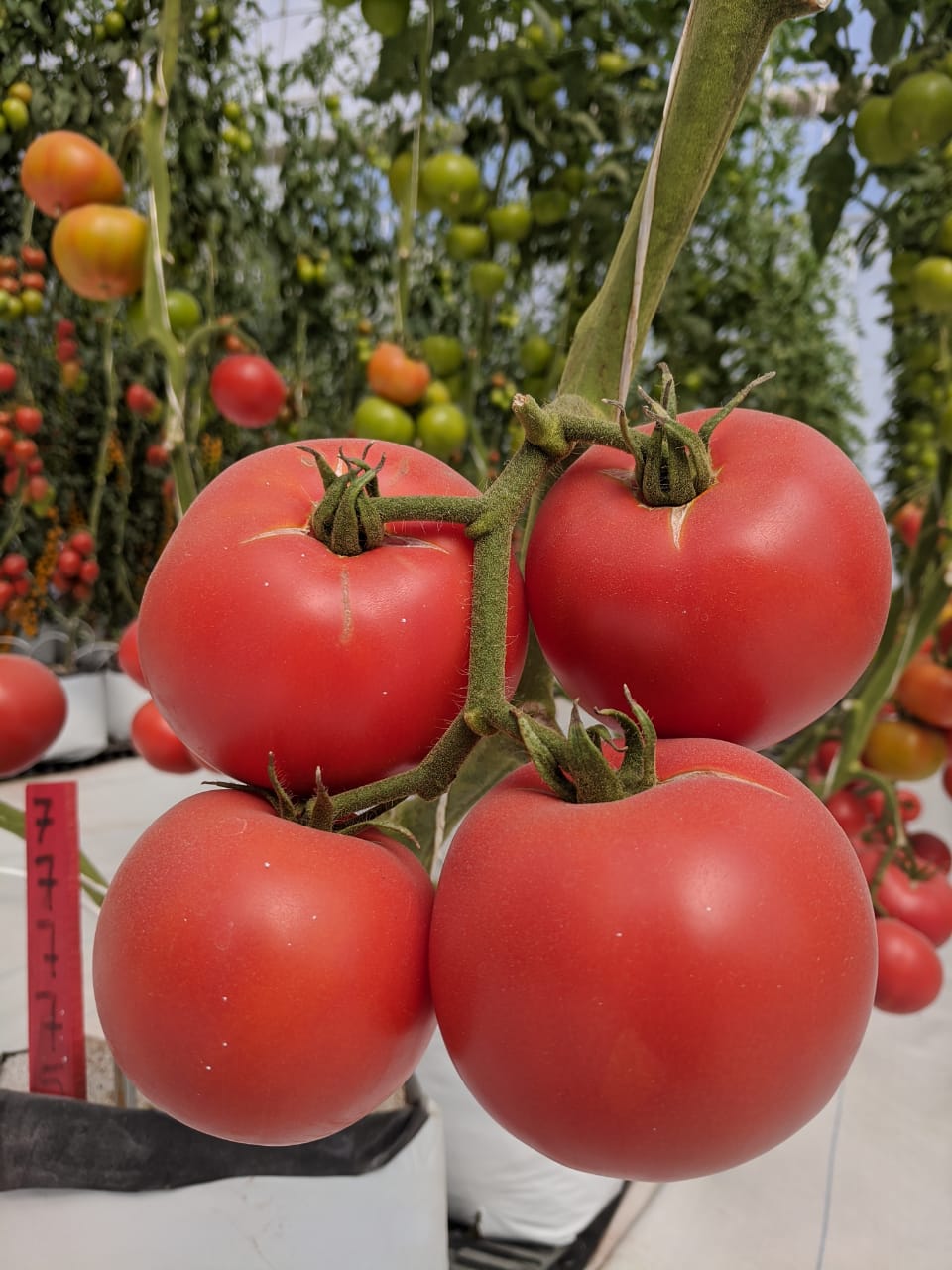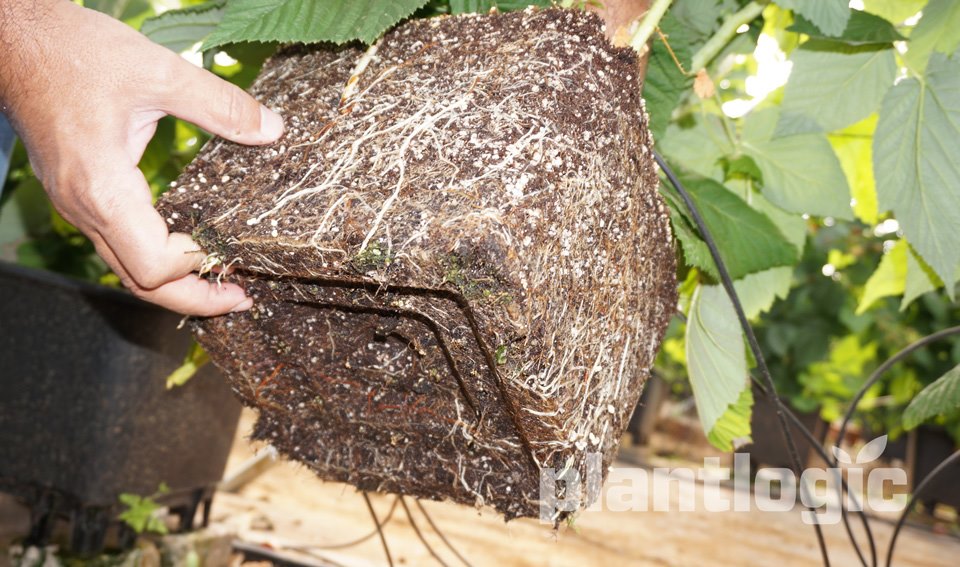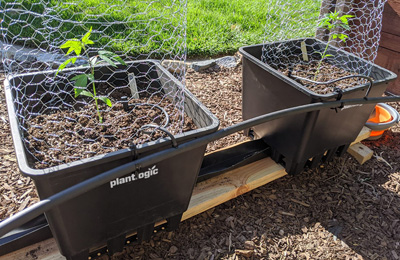Substrate systems have become a popular choice among commercial gardeners for numerous reasons.
Pests, diseases, and the lowering quality of soil have encouraged growers to look for alternate methods of gardening. Hydroponic and soilless cultivation allows them to have a higher degree of control over the medium in which the plant grows. Substrate troughs enable gardeners to grow crops in elevated troughs or benches over a soilless growth medium. This soilless medium can be water, perlite, coconut fibre, and so on. Needless to say, substrate troughs are usually employed in controlled environments like a greenhouse. Here are the top benefits that growers can expect to derive from trough cultivation.

Greater Flexibility
A substrate trough affords a high degree of flexibility to gardeners. It gives them plenty of room to make changes according to their specific crop requirement. For instance, the commonly used planting bags usually come with pre-cut holes. This puts a constraint on the gardener to grow a fixed number of plants per unit of the area of the bag. However, substrate troughs, like the 30 Liter Drainage Collection Pot, do not put any such limits on the gardeners. They can tweak the number of plants they can grow.
Gardeners have the flexibility to change the number of plants they want to grow in substrate troughs. This becomes useful in a variety of situations. Gardeners may have to change the number of plants they want to grow because the size of the plant is larger than they anticipated; they may decide to increase their yield; and so on.
Substrate troughs also allow the growers to move the plant at any stage during cultivation without causing lasting damage to its roots, and hence, its growth potential. This makes it easier for them to experiment with multiple crops of varying growth requirements.

Better Control Over the Medium
Trough cultivation accords growers the freedom to choose the medium that is best suited for the crop they want to grow. A medium of choice makes it possible for growers to provide customised nutrition to the plants, something that is not possible with traditional gardening. Apart from nutrition, they have increased control over the substrate aeration, temperature changes, humidity moderation, and more. Multi-crop systems especially flourish in such conditions.
This way, substrate troughs allow the growers to produce higher yields and better quality, consequently adding to their bottom line.
Long-term Cost Benefits
Trough systems may appear to be expensive initial investments. However, when seen on a longer time horizon, substrate troughs prove to be more economical than the more commonly used gardening options like planting bags. The reasons are simple. Substrate troughs do not need to be replaced; only the growth medium does. The substrate troughs need to be washed and sterilised. These costs do not add up to be as large as purchasing fresh planting bags. Such cost savings accumulate over time, making substrate troughs a more economical option in the longer run.
Disease Control
Substrate troughs also minimise crop diseases. This system avoids contact of the buds, leaves, and flowers with water. Presence of water and desirable levels of humidity usually encourage the growth of moulds and diseases. As substrate troughs allow growers to remove water from the equation, they help in keeping these types of diseases at bay. The long legs of troughs like the 7 Liter Drainage Collection Pot minimise contact with pathogens. As grow rooms have a closed environment, one diseased plant can quickly spread the disease to many others, and may often ruin the whole crop. Substrate troughs are an effective countermeasure against this problem.

Maximum Absorption
Substrate troughs are open in nature like the 8 Liter Pot. So, the roots of the plants can dangle freely. Such an open environment allows for free flow of air, nutrients, and oxygen to the plant’s roots. It makes it easier for the roots to absorb them. This results in higher absorption of nutrients and oxygen and eventually, higher yield from the plants. Hence, trough cultivation produces more product per unit of area cultivated.

Final Thoughts
With so many benefits, it is no surprise that substrate troughs are a popular choice among gardeners. Typically, plants in troughs are grown in a single file. However, some larger troughs may be able to accommodate two files. So, trough cultivation also makes the plants more accessible to gardeners and make it easier to prune them. In a nutshell, substrate troughs are highly functional and affordable in the long run. All these benefits come together to produce healthy plants that generate good yields.










Leave A Comment
You must be logged in to post a comment.